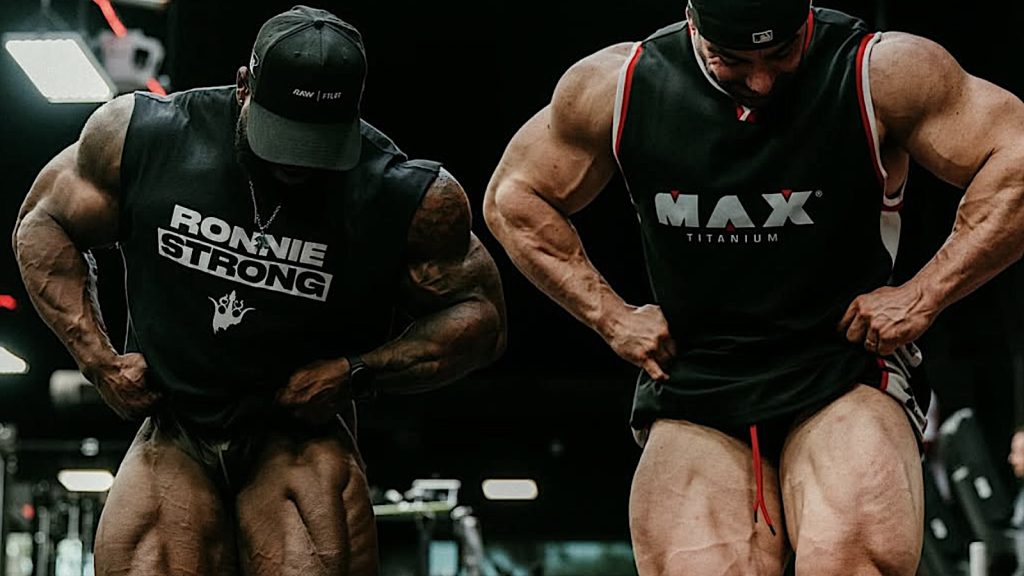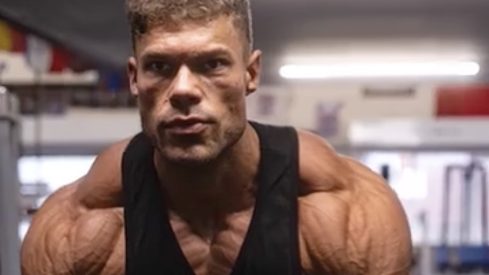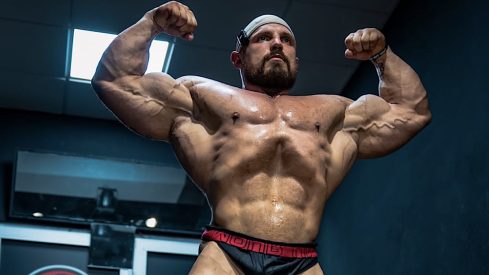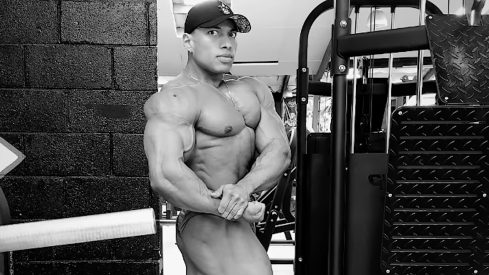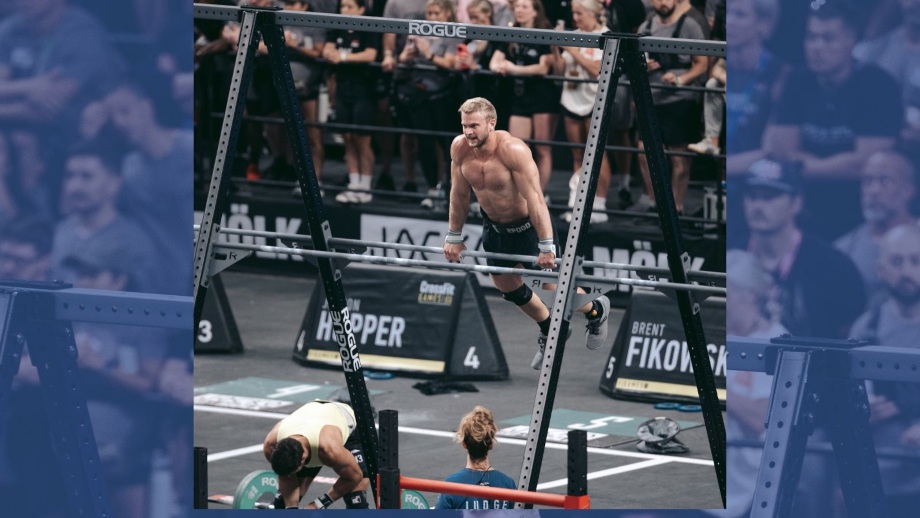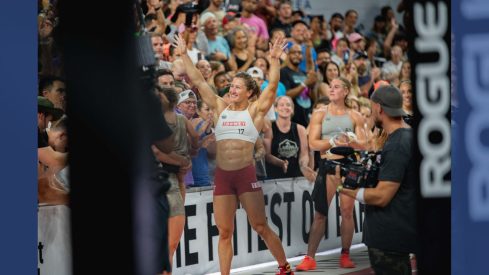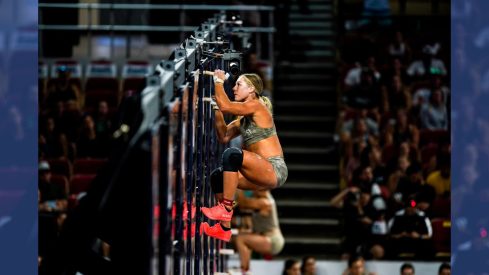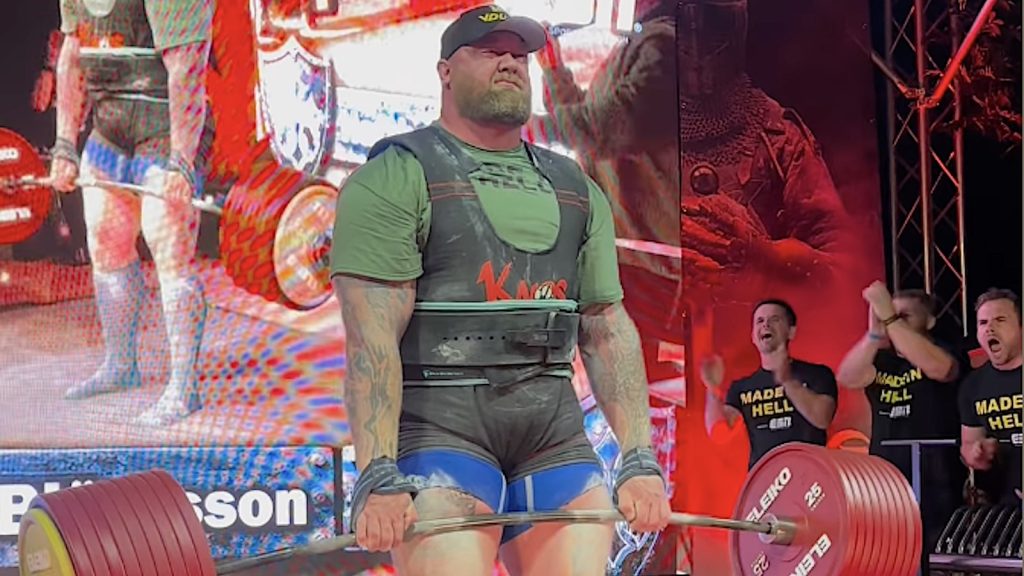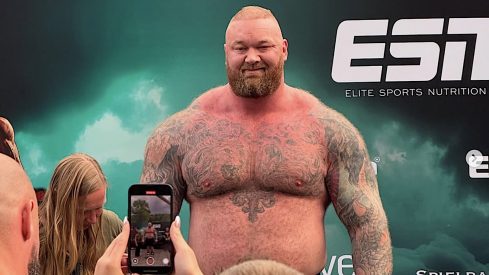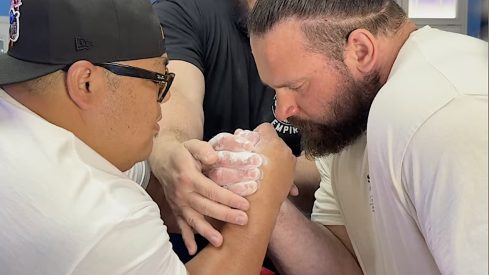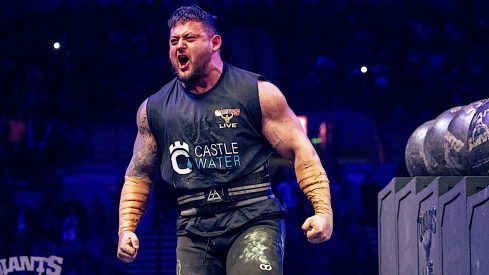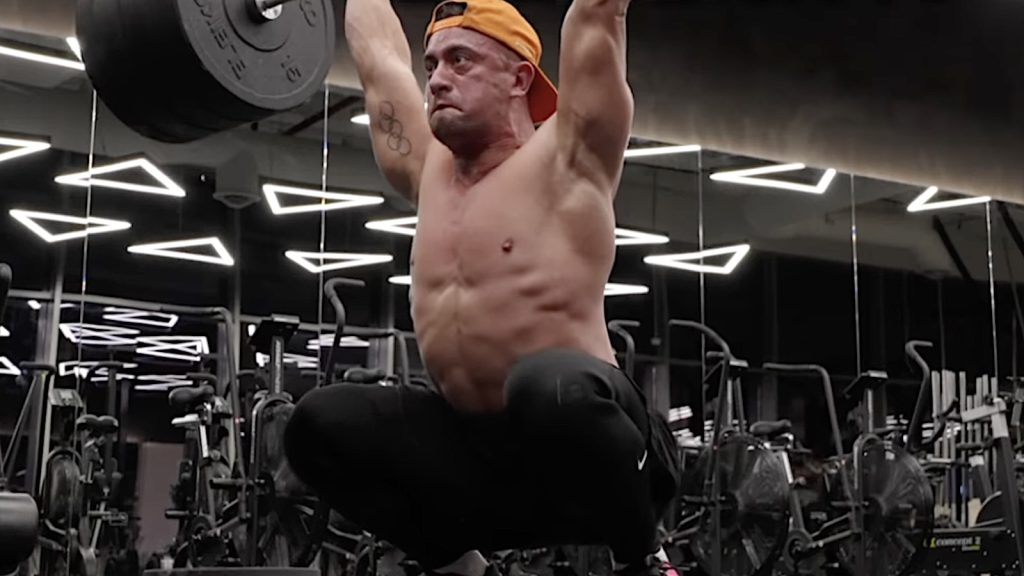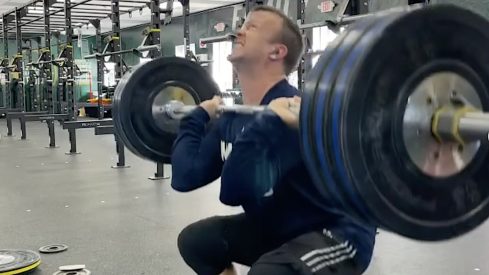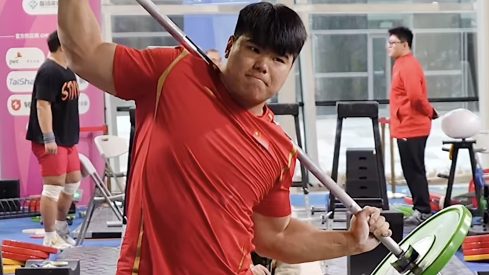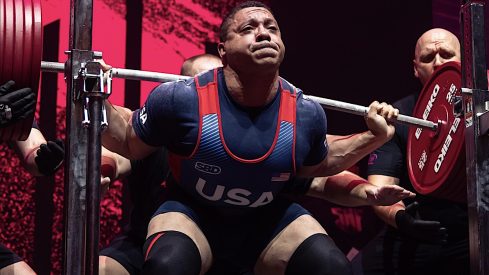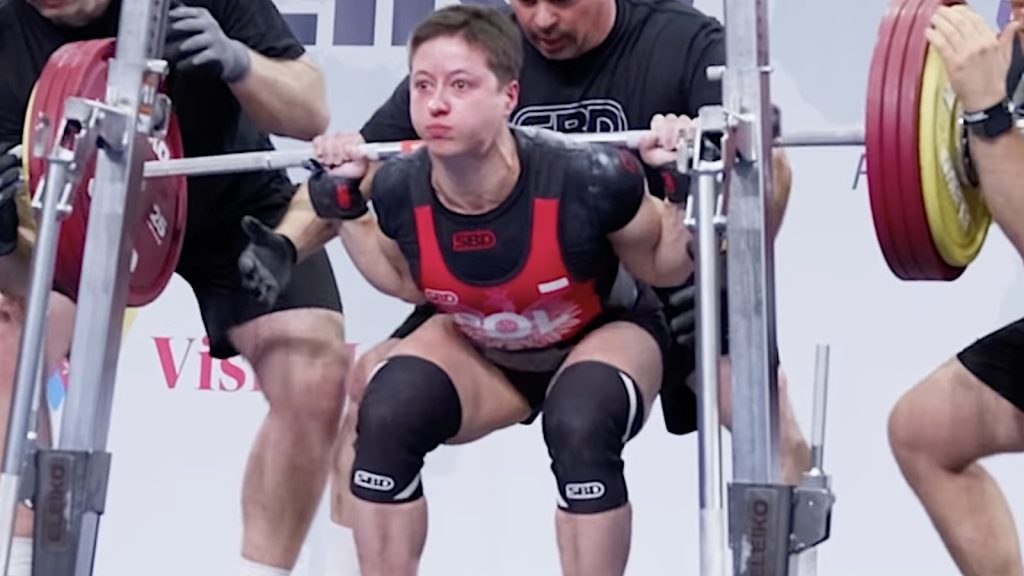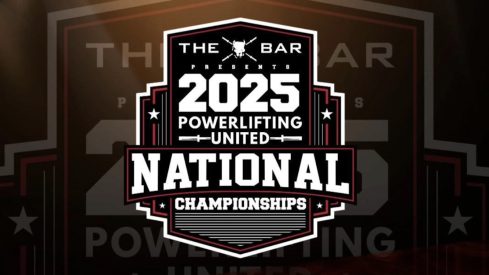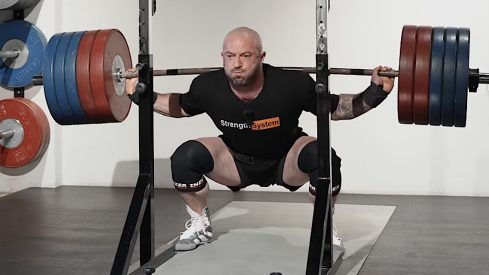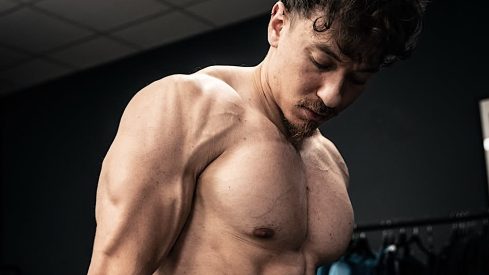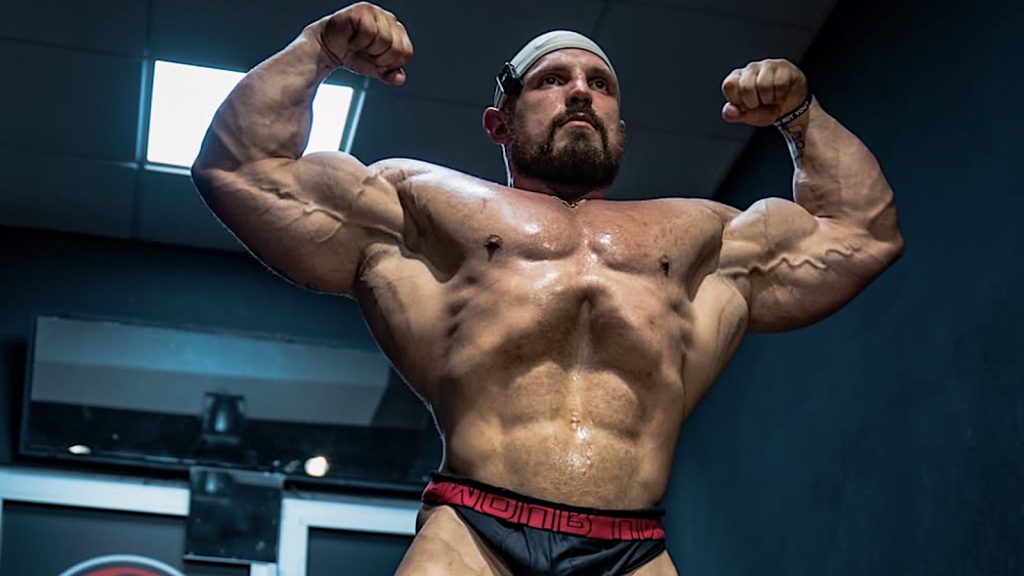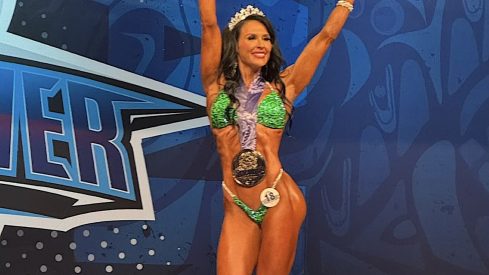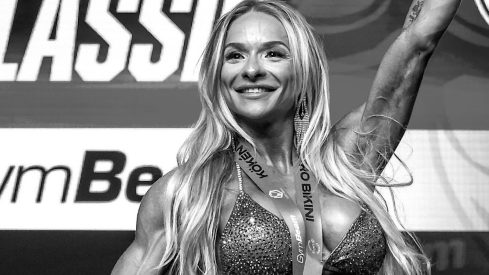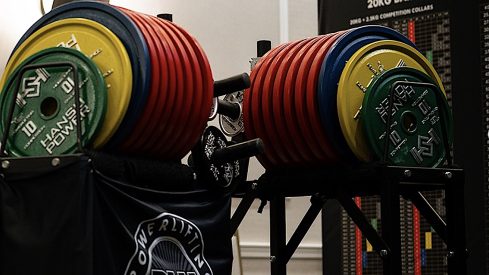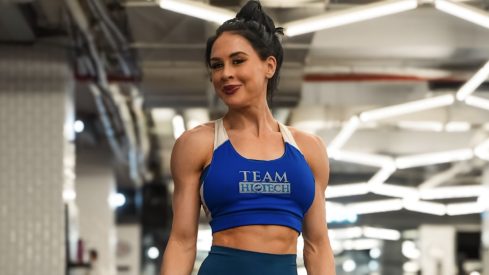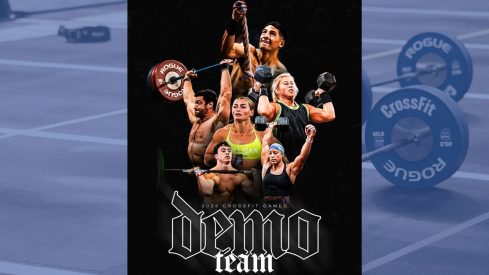Latest News
-
Divisions Collide — 212 Olympia Champion Keone Pearson Trains Legs With Men’s Open Competitor Rafael Brandão
In a recent cross-division mashup, two–time, reigning 212 Olympia champion Keone Pearson and Brazilian Men’s Open competitor Rafael Brandão trained hamstrings together. Pearson will attempt to three-peat at the 2025 Olympia in Oct. 2025. Brandão is one of the 18 competitors qualified for the 2025 Mr. Olympia contest at the time of this article’s publication. The hamstrings have three heads.…
Crossfit
-
A New Era? Why the CrossFit Games Men’s Field Feels Different This Year
The 2025 CrossFit Games begin in a few short days in Albany, NY, and the men’s field is arguably more balanced and competitive than it’s ever been. The roster features 30 elite athletes, including seasoned Games vets, former Fittest Men on Earth, and a talented up-and-coming rookie class. This year also has a different vibe…
Strongman
-
BREAKING: Hafthor Björnsson Deadlifts All-Time World Record 505 Kilograms
The 2018 World’s Strongest Man (WSM), Hafthor Björnsson, has officially broken the all-time world record deadlift with a massive 505 kilograms! Björnsson pulled the historic lift at the Eisenhart Black Competition event — an invitation-based contest for strongmen and powerlifters — in Bavaria, Germany, on July 26, 2025. This lift is four kilograms more than Björnsson’s previous…
Weightlifting
-
Try This Mobility Routine to Help Your Olympic Lifts
Mobility enables athletes to execute Olympic lifts with proper technique. Adequate mobility helps establish full range of motion, efficient movement patterns, and stability during dynamic lifts. In mid July 2025, sports performance coach and British Olympic weightlifting expert Sonny Webster shared exercises specifically tailored to improve Olympic lifts. Mobility Routines to Help With Olympic Lifts Ankle Dorsiflexion Ankle…
Powerlifting
-
Agata Sitko Suspended by Poland Powerlifting Organization
69KG powerlifter Agata Sitko has had her powerlifting license withdrawn. According to Sitko, the Polski Związek Kulturystyki, Fitness i Trójboju Siłowego (PZKFiTS), Poland’s governing body affiliated with the International Powerlifting Federation (IPF), suspended her license due to a disagreement involving her coach. As a result, Sitko will not be permitted to compete in any IPF-sanctioned event, including the 2025…
Bodybuilding
-
Martin Fitzwater Evolved His Chest Training in Europe
In his relentless pursuit of chest gains, IFBB pro bodybuilder Martin Fitzwater honed the intricacies of his pec training in late July 2025 while in Europe. Joined by coach Stefan Kienzl, Fitzwater focused on precise cues, biomechanical awareness, and fiber-specific contractions. Fitzwater’s exercise selection is designed to build a physique that can improve upon his fourth-place ranking…
More News
-
IFBB Pro League Bikini Division Athlete Lorena Blanco Passes Away at 37
IFBB Professional League Bikini athlete Lorena Blanco passed away at 37. According to Spanish news, La Voz de Galicia, Blanco suffered a heart attack in her home on Saturday, July 26. She was rushed to a local hospital but was pronounced dead that same day. Blanco, also known as Lorena Blanco Pita, turned professional at the 2023 NPC Worldwide European Championships and…
-
Hafthor Björnsson Confirmed for 2025 World Deadlift Championships
-
Powerlifting United President Ana Perez Speaks on First Year of Success
-
2025 Xtreme Bodybuilding Mexico Pro Show Preview
-
2025 Van Pro/Am Bodybuilding Show Preview
-
Agata Sitko Suspended by Poland Powerlifting Organization
-
Meet the 2025 CrossFit Games Demo Team
